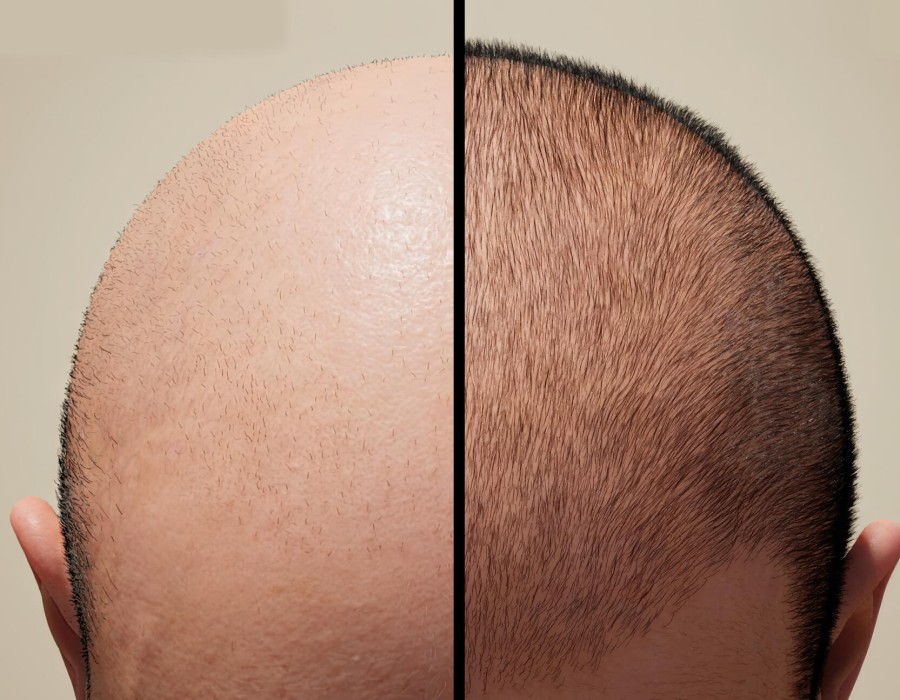Hair Transplant have come a long way since their inception, evolving with advancements in technology and scientific research. In this article, we'll delve into the future trends shaping the field of hair restoration, providing insights into what individuals can expect in the coming years.
Introduction
The journey of hair transplants has witnessed remarkable transformations, driven by a desire to address the challenges of hair loss effectively. As technology continues to advance, it becomes crucial for individuals to stay informed about the future trends shaping the landscape of hair transplants.
Evolution of Hair Transplant Technology
Understanding the historical context of hair transplant procedures allows us to appreciate the significant strides made in the field. From traditional methods to modern techniques, the evolution of technology has played a pivotal role in improving the efficacy and outcomes of hair restoration.
Robotic Hair Transplants: The Rise of Automation
One of the most notable advancements in recent years is the integration of robotics in hair transplant procedures. Robotic-assisted surgeries offer precision and efficiency, but it's essential to weigh the benefits against potential drawbacks for informed decision-making.
Stem Cell Therapy in Hair Transplants
Stem cell research has opened new possibilities in the realm of hair restoration. Exploring the potential benefits and breakthroughs in stem cell therapy provides a glimpse into the future of regenerative medicine for hair loss.
Artificial Intelligence in Hair Restoration
Artificial Intelligence is revolutionizing various industries, and hair restoration is no exception. The application of AI in procedures enhances accuracy and improves overall outcomes. Understanding the role of AI algorithms in the process is crucial for those considering hair transplants.
Innovations in Donor Area Management
Efficient donor area management is key to successful hair transplants. New techniques aim to minimize scarring and improve recovery times, providing individuals with more comfortable and effective procedures.
Non-Surgical Hair Restoration Options
For those seeking alternatives to traditional transplants, non-surgical options are gaining popularity. Exploring the pros and cons of these methods helps individuals make informed choices based on their preferences and circumstances.
Customization in Hairline Design
Achieving a natural-looking result goes beyond the technical aspects of the procedure. Personalized hairline design is an essential factor in ensuring patient satisfaction. Advanced techniques are paving the way for more customized and aesthetically pleasing outcomes.
Cultural and Social Shifts in Perception
Changing societal attitudes toward hair loss and restoration contribute to the evolving landscape of the industry. Understanding these shifts is crucial for addressing the psychological aspects of hair transplants.
Regulatory Developments in Hair Transplantation
Staying informed about the regulatory landscape ensures that individuals receive safe and ethical treatments. Updates on regulations governing hair transplant procedures provide insights into the industry's commitment to maintaining high standards.
Global Accessibility to Advanced Hair Transplant Procedures
Advancements in technology should not be limited to specific regions. Efforts to make advanced treatments accessible globally are underway, breaking down barriers and providing more individuals with access to cutting-edge solutions.
Economic Factors and Affordability
As technology evolves, the cost of procedures may fluctuate. Examining trends in the economic factors influencing the affordability of advanced treatments helps individuals plan for their hair restoration journey.
Patient Experience and Satisfaction
The future of hair transplants places a strong emphasis on patient-centric approaches. Enhancing the overall experience of individuals undergoing these procedures contributes to higher satisfaction rates and positive outcomes.
Environmental Impact of Hair Transplant Industry
The environmental footprint of the hair transplant industry is an emerging consideration. Exploring eco-friendly practices and their potential adoption contributes to a sustainable future for the field of hair restoration.
Conclusion
In conclusion, the future of Hair Transplant in Riyadh is characterized by a dynamic interplay of technological advancements, societal shifts, and a commitment to patient satisfaction. Staying informed and considering these future trends empowers individuals to make choices aligned with their preferences and expectations.






Comments